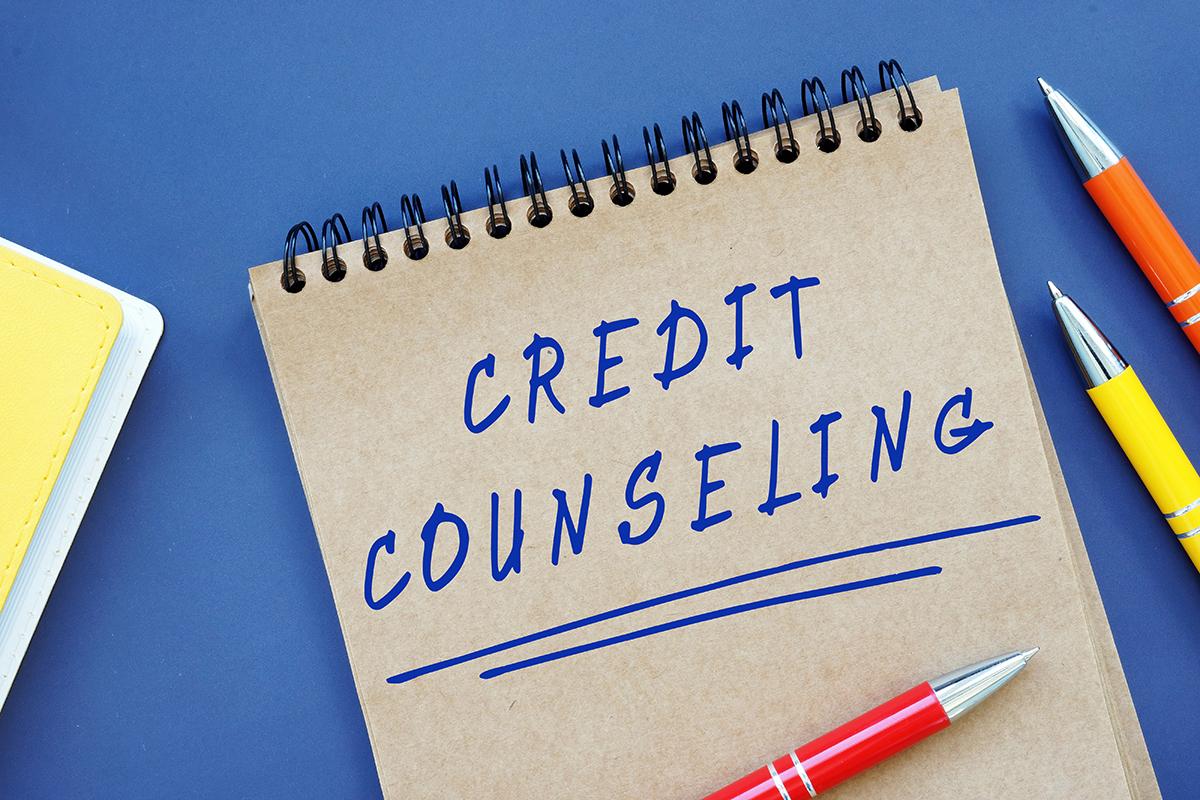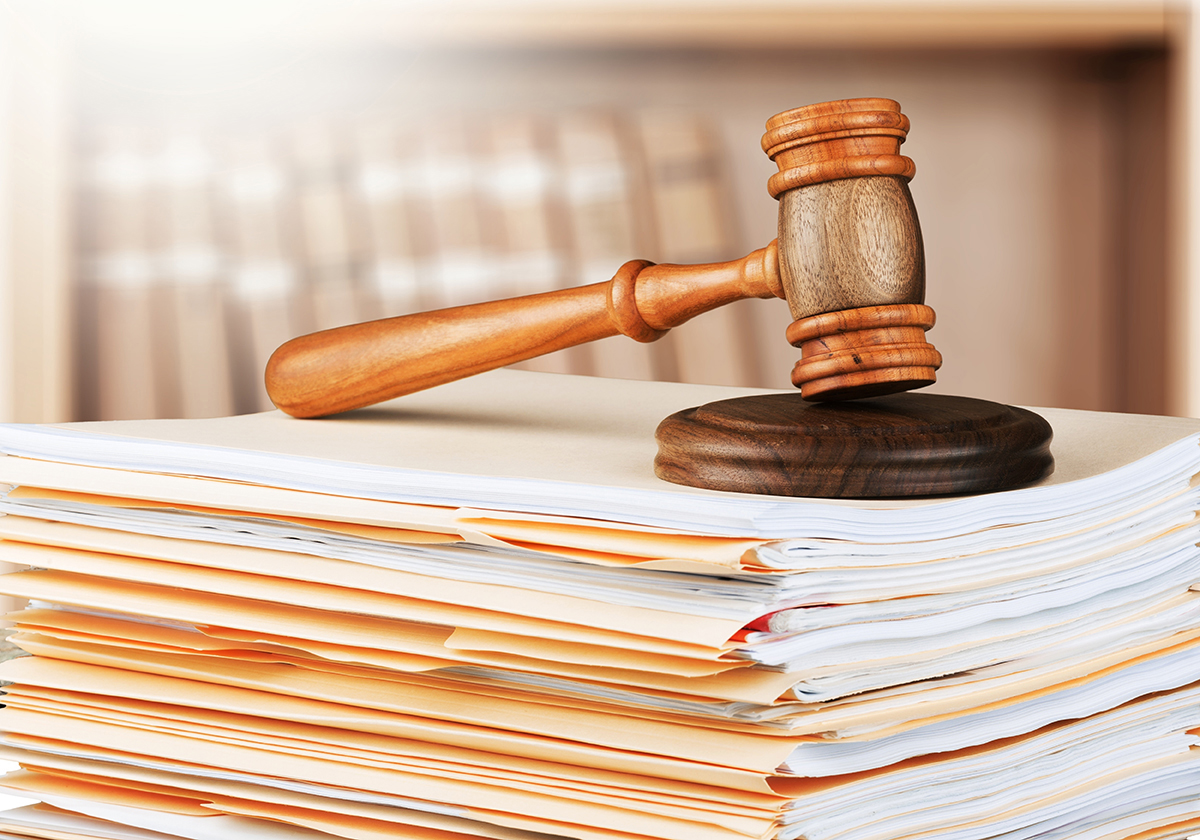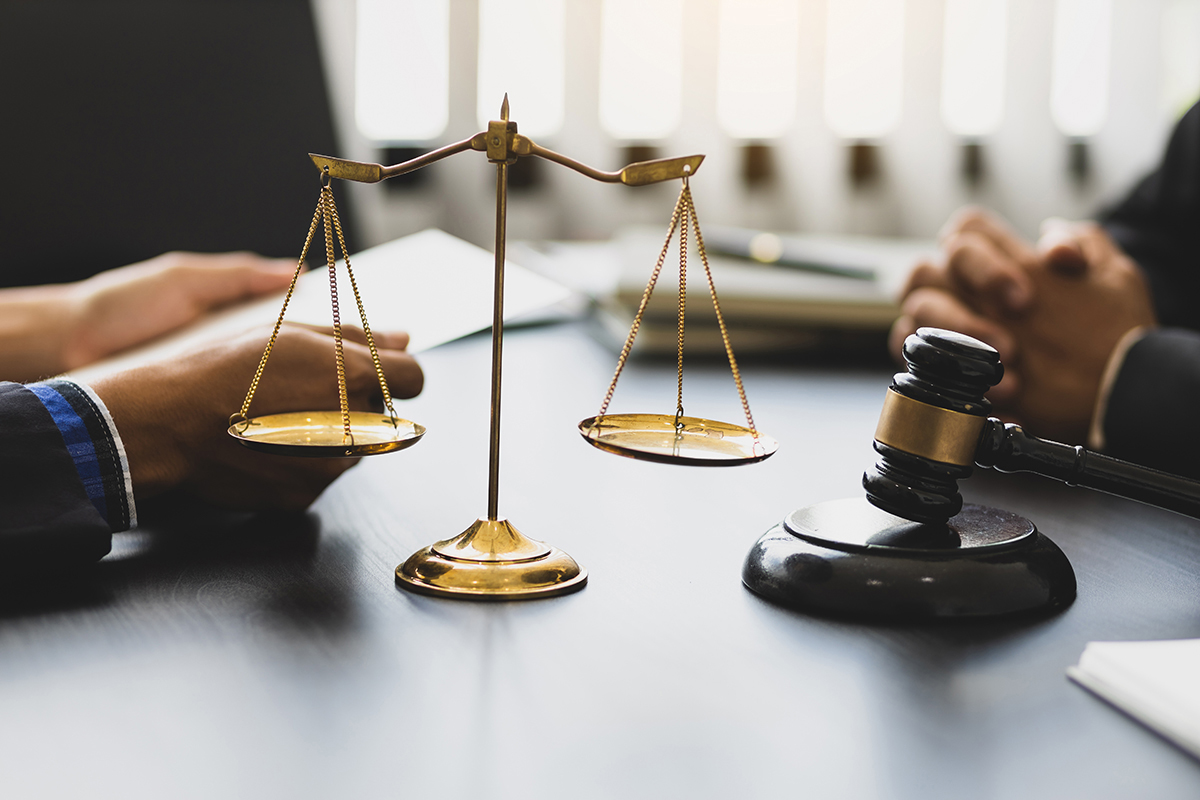Are you facing overwhelming debt and considering filing for bankruptcy in Sterling Heights?
With the right guidance and understanding of the steps involved, it is possible to navigate through it successfully.
Take Credit Counseling Course
Before filing for bankruptcy in Sterling Heights, individuals are required by law to take a credit counseling course from an approved agency. This step was instituted by the Bankruptcy Abuse Prevention and Consumer Protection Act of 2005, with the intention of ensuring that individuals understand the consequences of bankruptcy and explore other possible solutions. [1]
Choose an approved agency that offers programs and services tailored to your specific financial situation. Some agencies may offer in-person counseling, while others may provide online or phone courses. Take the time to research and review different agencies and are approved by the Office of the United States Trustee (UST).
Expect the course to cover a range of topics related to personal finance. Including an overview of bankruptcy, an examination of your current financial situation, and an analysis of potential alternatives to bankruptcy. Guidance on budgeting, debt management, and credit repair will also be provided.
Completing the credit counseling course usually takes around one to two hours and can be completed online or in-person, depending on the agency you choose. Upon completion, you will receive a certificate that is valid for six months. This certificate must be filed along with your bankruptcy petition, proving that you have fulfilled this necessary requirement.

Collect Your Documents
Gather your financial records, including bank statements, credit card statements, loan agreements, and any other financial documents that reflect your debts and assets.
Compile all your income-related documents, such as pay stubs, tax returns, and proof of any other sources of income. These will help determine your monthly income and enable the bankruptcy court to assess your ability to repay your debts or qualify for certain types of bankruptcy.
You will also need to gather any relevant legal documents. This includes any court judgments or lawsuits in which you are involved, divorce decrees, child support obligations, and any other legal proceedings that might impact your bankruptcy case.
Include any documentation pertaining to your personal assets, such as property deeds, car titles, and appraisals of valuable possessions.
Gather all your monthly living expenses, such as utility bills, rent or mortgage payment documentation, and receipts for essential living expenses like groceries and medical bills.
Organizing the paperwork in a systematic manner, such as using folders or binders labeled with specific categories, as this will make it easier for both you and your bankruptcy attorney to access and refer to the relevant documents throughout the filing process.
Submit Documents to the U.S. District Courts
Here are some guidelines to help you successfully submit your documents to the U.S. District Courts.
-
Understand the Requirements:
Before submitting your documents, familiarize yourself with the specific requirements set by the U.S. District Courts. These requirements may vary depending on the type of bankruptcy filing you are making, such as Chapter 7 or Chapter 13. -
Prepare the Necessary Documents:
Bankruptcy filings require a series of documents, including the bankruptcy petition, schedules, statements, and other supporting documentation. Carefully review the court's instructions to make sure you have completed all required forms accurately and provided the necessary information. -
Organize your Documents:
Keep your documents organized to avoid any delays or confusion during the submission process. Have all your documents neatly arranged and labeled according to the court's instructions. -
Create Copies of all Documents:
Most U.S. District Courts require you to submit multiple copies of your documents. It is recommended to make at least two copies of all your paperwork. One set will be for the court, and the other for your records. Make sure these copies are clear and legible. -
File Electronically or In Person:
U.S. District Courts often offer electronic filing options through the court's Electronic Case Filing (ECF) system. This system allows you to submit your documents online, saving time and effort. If electronic filing is not available or feasible, you can file your documents in person at the court's clerk's office. Visit the correct court location and adhere to any specific guidelines or procedures. -
Pay the Necessary Fees:
These fees vary depending on the type of bankruptcy filing. The court may accept cash, money orders, or cashier's checks, so make sure to have the appropriate payment method available. -
Keep Proof of Submission:
This may include a stamped receipt, confirmation email if filed electronically, or any other acknowledgment from the court. This proof will serve as evidence that you have fulfilled your obligation and will be helpful in case any issues arise in the future.

Attend 341 Meeting of Creditors in Sterling Height
The 341 Meeting of Creditors, also known as a Meeting of the Trustees, typically takes place around 20-40 days after your bankruptcy petition has been filed. You will receive a notice from the bankruptcy court with the specific date, time, and location for the meeting. Failure to attend can result in your bankruptcy case being dismissed. [2]
Before attending the 341 Meeting of Creditor, familiarize yourself with the information provided to avoid any surprises during the meeting.
On the day of the meeting, arrive early to the designated location. Dress appropriately, as this is a formal proceeding. Bring a valid government-issued photo ID and your social security card as these will be required to verify your identity. Bring copies of your bankruptcy petition and any supporting documents, although the trustee may already have these.
During the meeting, the bankruptcy trustee will conduct the proceedings. They will verify your identity and swear you in, requiring you to take an oath to tell the truth. This meeting is not a courtroom, but rather an opportunity for the trustee to gather information about your financial situation and to determine if there are any non-exempt assets that can be used to repay your creditors.
Creditors are also allowed to attend the meeting to ask questions about your finances. Creditor attendance is not common. Most of the questions during the meeting will come from the trustee, who will ask about your assets and liabilities, sources of income, and the reasons behind your filing.
Be truthful and cooperative during the meeting. Answer all questions to the best of your knowledge and do not withhold information. Keep your responses concise and avoid volunteering extra information that may not be relevant to the trustee’s inquiries. Remain calm and composed throughout the process.
Receive the Bankruptcy Discharge in Sterling Heights
This is a court order that officially wipes out your eligible debts, relieving you from further responsibility of repayment. The discharge is the light at the end of the tunnel, providing you with an opportunity to start anew and rebuild your financial life.
Receiving a bankruptcy discharge typically happens at the end of the bankruptcy process, which is dependent on the type of bankruptcy you filed. There are two common types of bankruptcy for individuals in Sterling Heights: Chapter 7 and Chapter 13.
Chapter 7 bankruptcy, also known as liquidation bankruptcy, involves selling off non-exempt assets to repay and discharge your debts. This process typically lasts around three to six months. Once your case is completed, the bankruptcy court will issue a discharge, which eliminates most of your unsecured debts, such as credit card debt, medical bills, and personal loans. Certain obligations, such as student loans, child support, and tax debts, may not be discharged.
Chapter 13 bankruptcy, also known as reorganization bankruptcy, involves creating a repayment plan to gradually pay off your debts over a three to five-year period. Once you have successfully completed your repayment plan, the bankruptcy court will issue a discharge, releasing you from any remaining unsecured debts that were not paid off during the repayment period.

Contact Frego Law’s bankruptcy lawyers today to schedule a consultation and take steps toward financial freedom.
Sources:
[1] Bankruptcy Abuse Prevention and Consumer Protection Act of 2005. (2024, April 3). Federal Trade Commission. https://www.ftc.gov/legal-library/browse/statutes/bankruptcy-abuse-prevention-consumer-protection-act-2005
[2] Section 341 Meeting of Creditors Information. (2024, April 29). https://www.justice.gov/ust/moc




